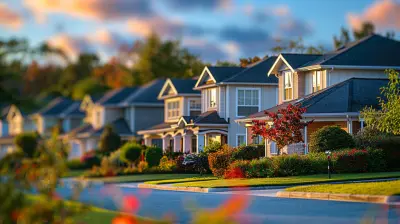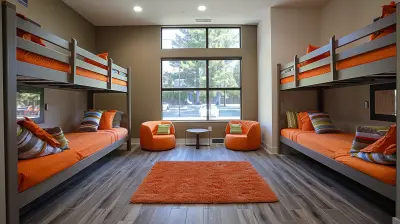The Benefits of Energy-Efficient Affordable Housing Developments
31 July 2025
Everyone deserves a safe, comfortable home without breaking the bank. But what if our homes could also save us money on energy, help the environment, and create healthier communities? That’s exactly what energy-efficient affordable housing developments aim to do.
These homes aren’t just about cutting costs; they’re a game-changer for families, cities, and even the planet. Let’s dive into why energy-efficient affordable housing isn’t just a good idea—it’s essential for the future.
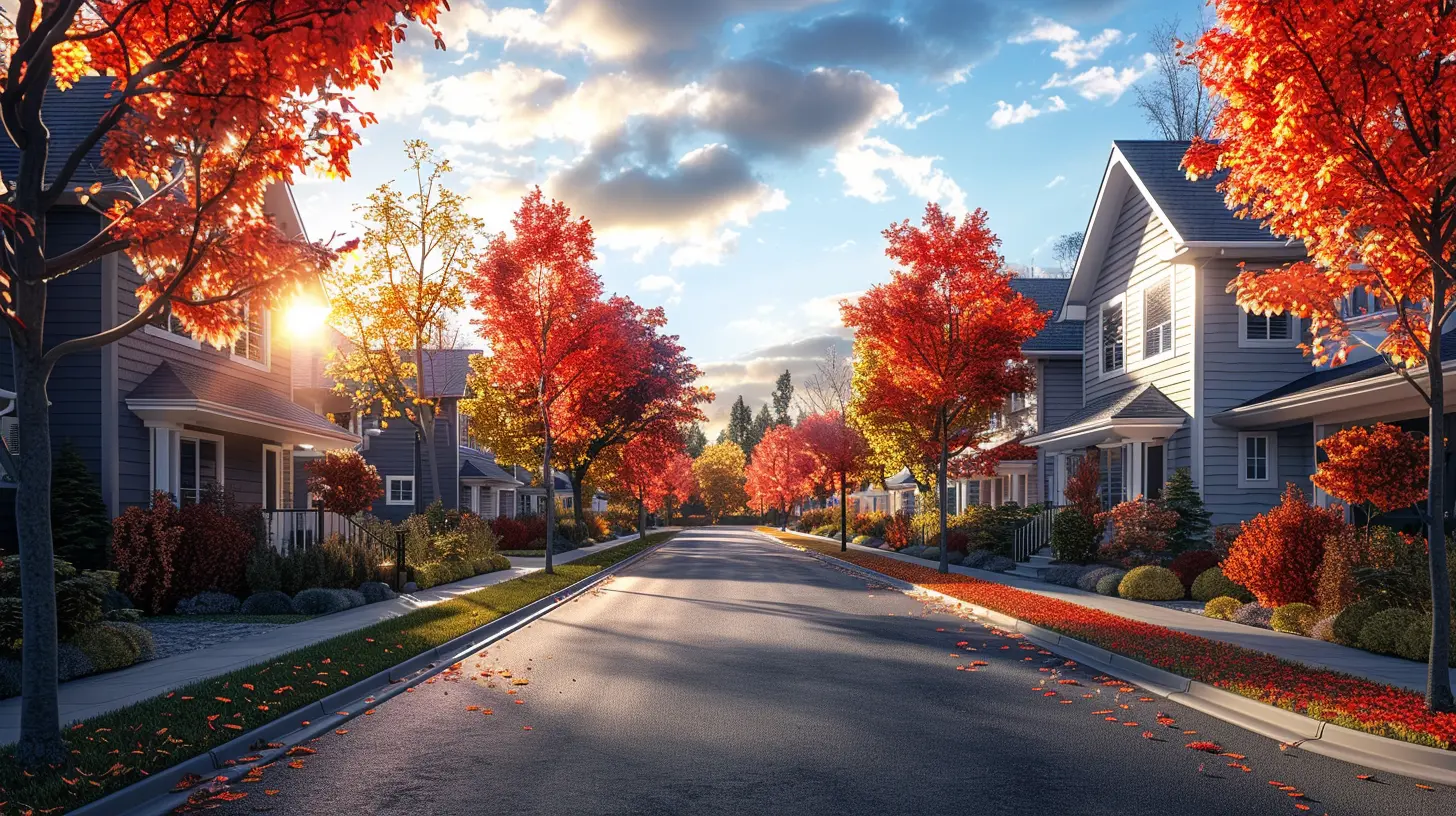
What Is Energy-Efficient Affordable Housing?
Energy-efficient affordable housing combines two essential aspects: cost-effective living and sustainability. These homes are designed to consume less energy while staying affordable for low- to middle-income families. They use advanced building materials, smart insulation, energy-efficient appliances, and renewable energy sources to lower costs and reduce environmental impact.Affordable housing should mean more than just a roof over your head—it should be a home that’s comfortable, healthy, and cost-effective to live in. 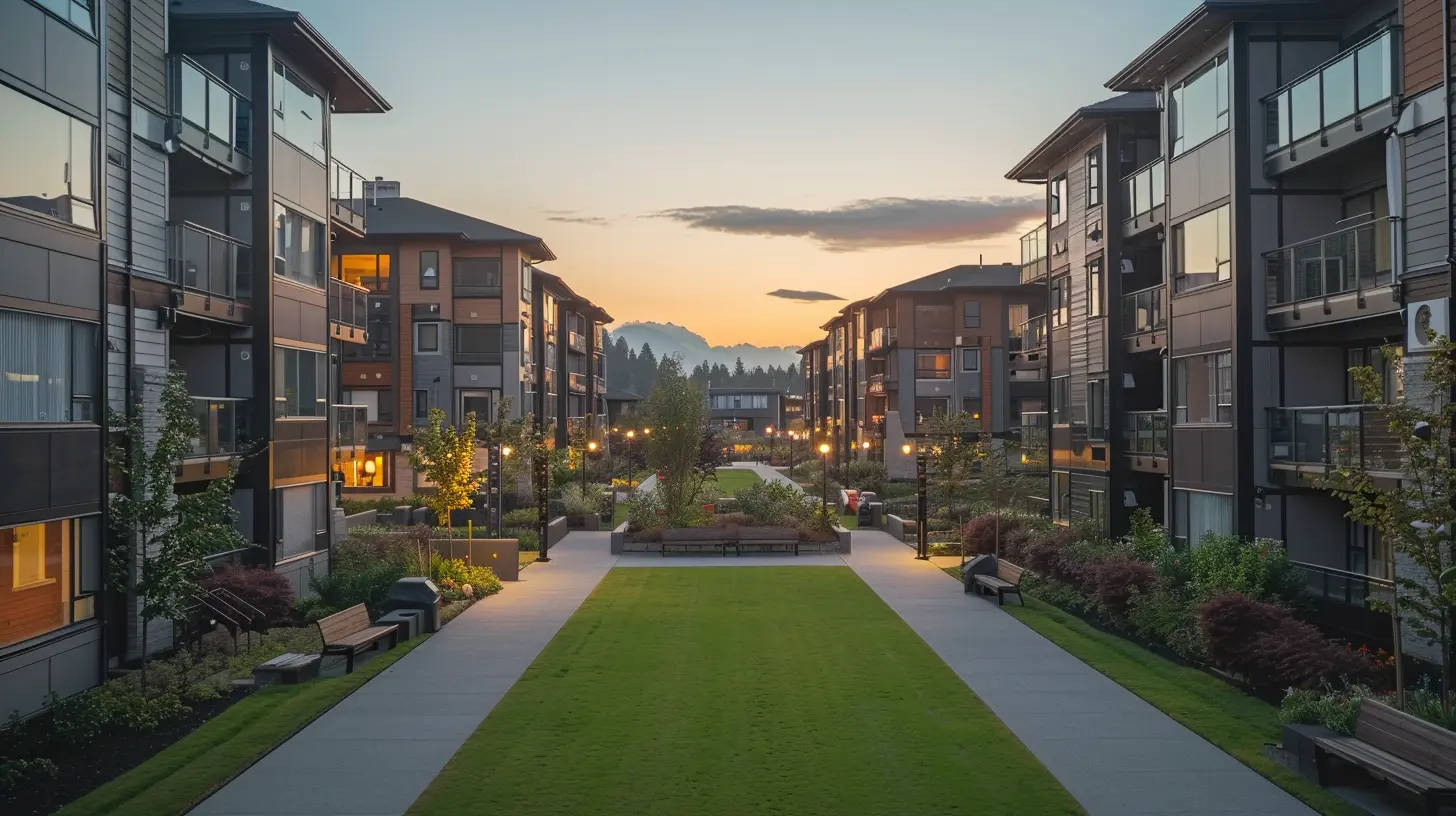
Top Benefits of Energy-Efficient Affordable Housing
1. Lower Utility Bills Save Families Money
One of the biggest advantages? Savings! Energy-efficient homes use less electricity, water, and gas, which means lower utility bills.- High-performance insulation keeps homes warmer in winter and cooler in summer.
- Energy-efficient appliances use less power.
- LED lighting consumes less electricity and lasts longer than traditional bulbs.
- Solar panels can generate free electricity, reducing reliance on the grid.
For families struggling to make ends meet, lower energy bills mean more money for food, healthcare, and education. Over time, these savings add up, making a significant financial difference.
2. Healthier Living Conditions
Have you ever thought about how your home affects your health? Poorly insulated, inefficient homes often have problems like mold, poor air quality, and temperature extremes—factors that contribute to respiratory issues, allergies, and even stress.Energy-efficient homes:
- Improve indoor air quality with proper ventilation.
- Reduce moisture and mold growth.
- Maintain comfortable indoor temperatures year-round.
For children, seniors, and those with health conditions, a healthy home environment isn't a luxury—it’s a necessity.
3. Environmental Benefits: A Greener Future
Let’s talk about something big—our planet. Affordable housing projects that prioritize energy efficiency help reduce carbon emissions. That’s because these developments:- Use less electricity generated from fossil fuels.
- Incorporate renewable energy sources like solar or wind power.
- Reduce water waste with low-flow plumbing fixtures.
Every energy-efficient home built is a step toward a cleaner, healthier Earth. Sustainable housing isn't just good for residents—it benefits entire communities and future generations.
4. Job Creation and Economic Growth
Believe it or not, energy-efficient housing developments boost the economy. How? By creating jobs in manufacturing, construction, maintenance, and renewable energy sectors.From installing solar panels to constructing high-performance buildings, these projects require skilled labor, training programs, and sustainable industry growth. That means more job opportunities and a stronger, greener economy.
5. Long-Term Affordability and Durable Housing
Affordable housing should remain affordable—not just today, but for years to come. Energy-efficient homes are built with high-quality materials designed to last.That means:
- Fewer repairs and maintenance costs.
- Durable, weather-resistant materials that withstand extreme conditions.
- Well-designed homes that maintain their value over time.
For homeowners and renters alike, energy-efficient housing brings long-term peace of mind.
6. Greater Energy Independence
Have you ever thought about how dependent we are on the power grid? When energy-efficient homes integrate renewable energy sources like solar panels, they reduce the reliance on fossil fuels and unstable utility prices.With advancements in battery storage, some housing developments are even creating mini power grids, letting communities store and share excess energy. This shift toward energy independence is a huge win for both financial and environmental sustainability.
7. Enhancing Community Development
Energy-efficient affordable housing isn’t just about individual homes—it’s about stronger, more connected communities. These developments often include:- Green spaces and parks for outdoor activities.
- Community gardens that promote local, healthy food sources.
- Public transit access to reduce car dependency and pollution.
When neighborhoods are thoughtfully designed, they encourage healthier lifestyles, foster social connections, and make areas more vibrant and livable. 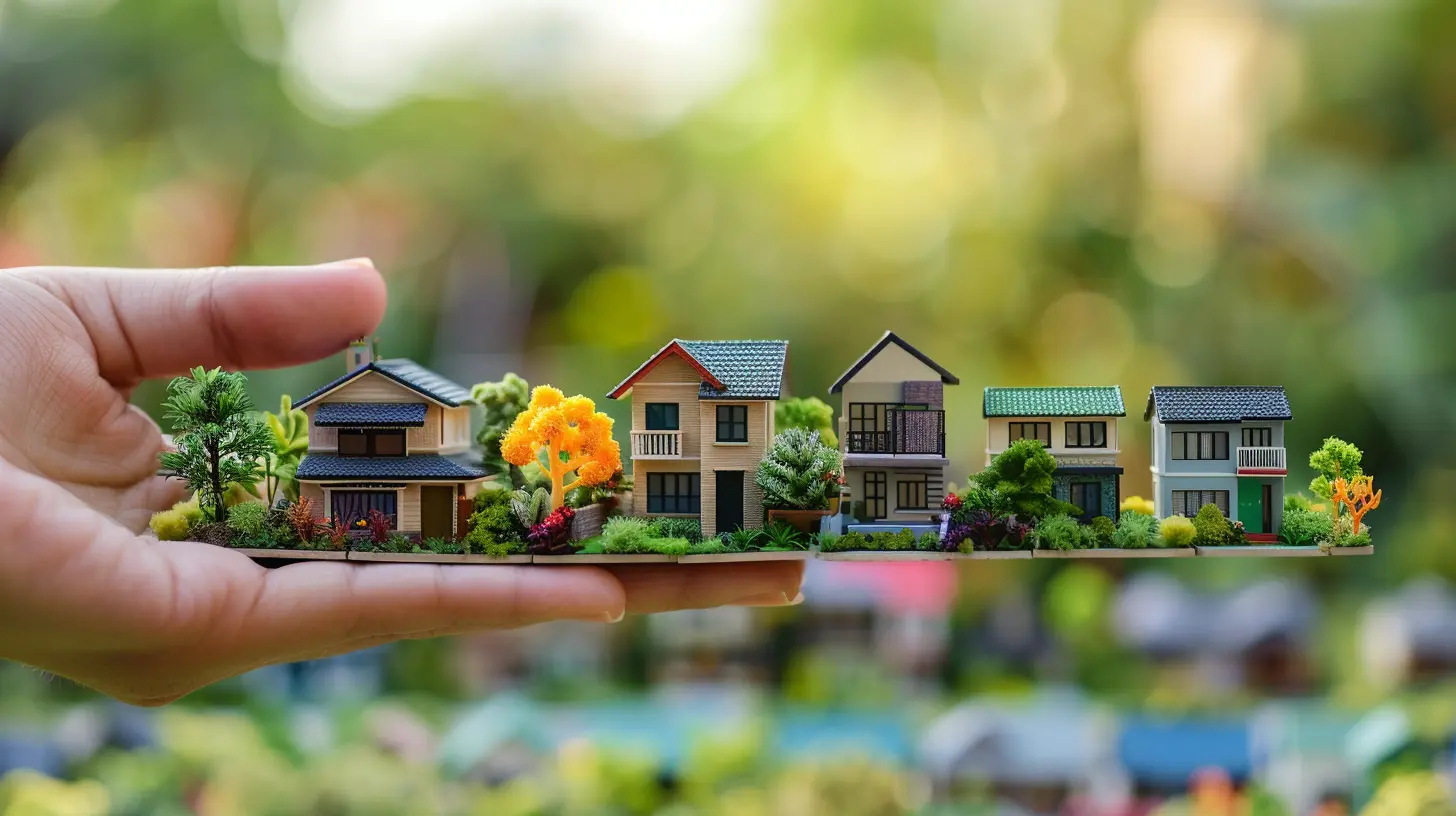
Challenges to Implementing Energy-Efficient Affordable Housing
Of course, nothing worth doing comes without challenges. Energy-efficient affordable housing developments face:- Higher Initial Costs – Sustainable building materials and technology can be expensive upfront. However, long-term savings often outweigh these costs.
- Regulatory Hurdles – Zoning laws and outdated building codes can slow down progress.
- Limited Awareness – Many people still aren’t aware of the benefits of green housing or how to access such programs.
The good news? Governments, nonprofits, and developers are working together to overcome these barriers. Incentives, tax breaks, and grants are making green housing more accessible than ever. 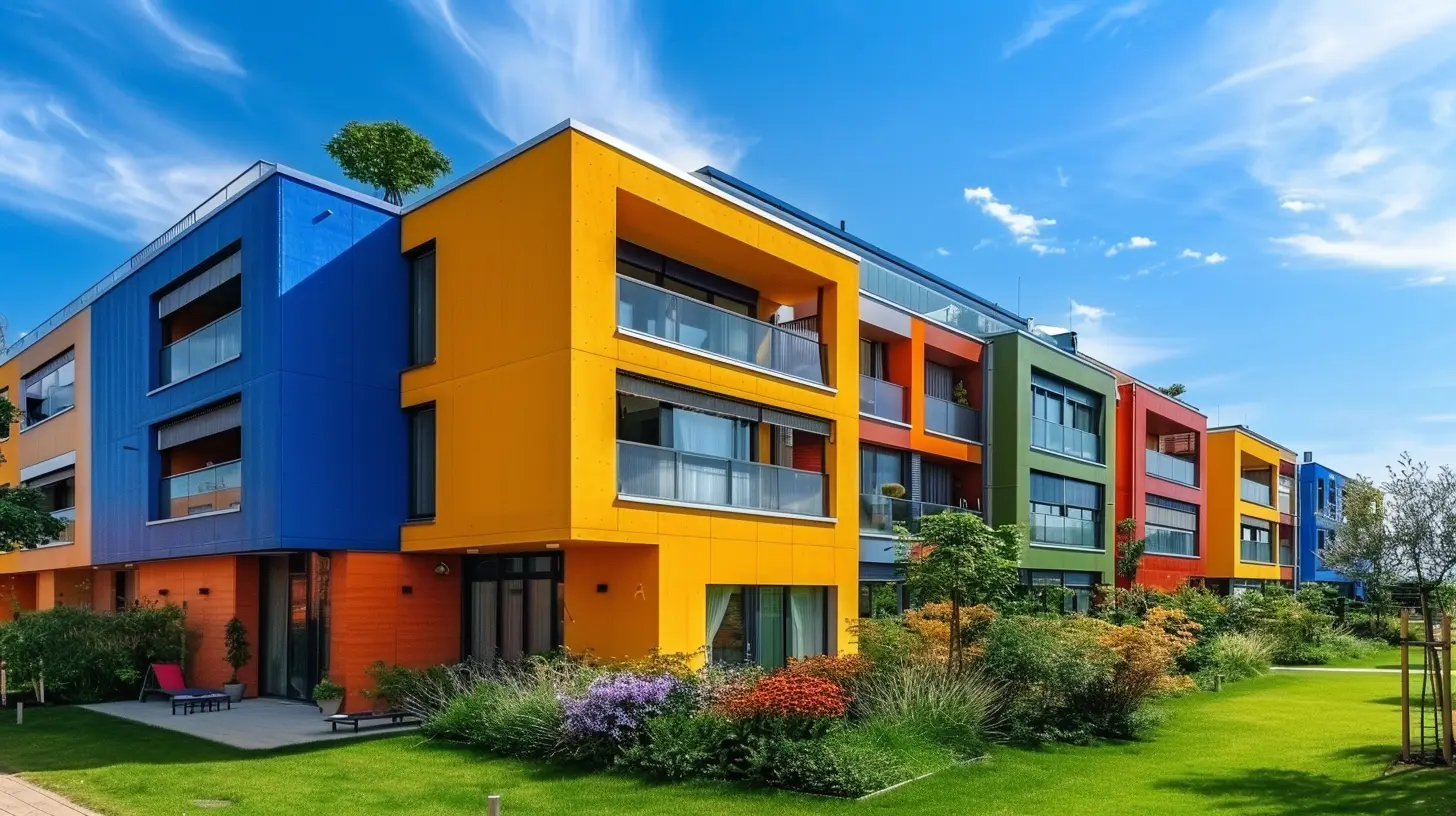
The Future of Energy-Efficient Affordable Housing
As technology advances and public awareness grows, energy-efficient affordable housing is becoming the standard rather than the exception. Governments worldwide are pushing for policies that prioritize sustainability while keeping costs manageable.Innovations like smart home technology, net-zero buildings, and energy-sharing communities are shaping the future of housing. The goal? Homes that generate as much energy as they consume, ultimately reducing energy costs to nearly zero.
How You Can Support Energy-Efficient Affordable Housing
If you believe in the benefits of energy-efficient affordable housing, here are a few ways to get involved:- Advocate for policies that support green building initiatives in your community.
- Support developers and organizations that focus on sustainable, affordable housing.
- Make energy-efficient upgrades in your own home, even small changes like switching to LED bulbs or using a programmable thermostat.
- Spread awareness—the more people understand the benefits, the faster change happens.
Final Thoughts
Energy-efficient affordable housing isn't just a trend—it's a necessity. It offers financial relief, improves health, protects the environment, and strengthens communities.With rising energy costs and growing environmental concerns, prioritizing sustainable housing solutions is one of the smartest moves we can make. Whether you're a homeowner, renter, developer, or policymaker, supporting energy-efficient homes helps build a brighter, greener future for everyone.
Wouldn’t it be amazing if every home was designed to save money and protect our planet? The good news is—we’re getting there.
all images in this post were generated using AI tools
Category:
Affordable HousingAuthor:

Camila King
Discussion
rate this article
1 comments
Caden McMurtry
This article highlights the crucial benefits of energy-efficient affordable housing, showcasing how sustainable practices reduce utility costs, enhance quality of life, and contribute to environmental preservation. A valuable read for developers and policymakers alike!
August 6, 2025 at 4:36 AM

Camila King
Thank you for your thoughtful comment! I'm glad you found the article valuable and appreciate your insights on the benefits of energy-efficient affordable housing.

